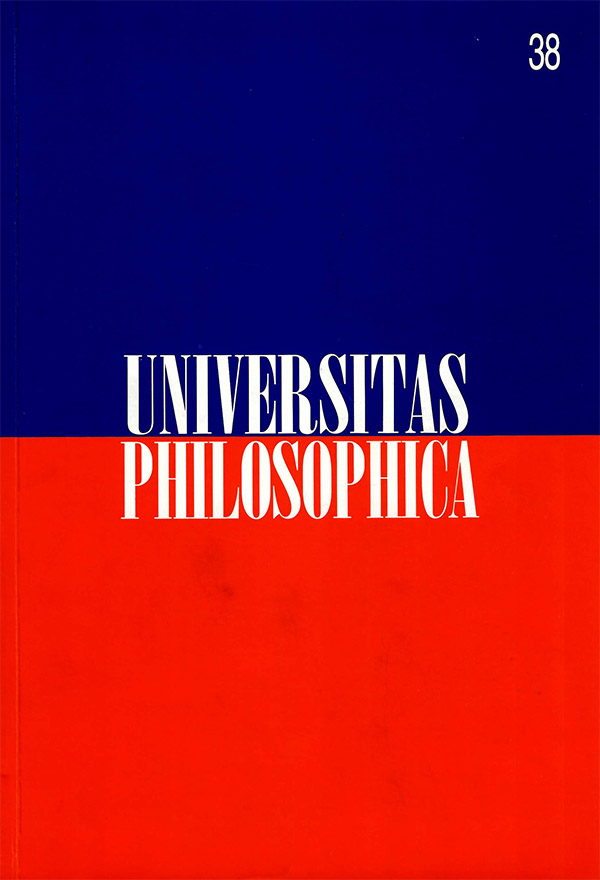Abstract
The present communication investigates the dionisyan conception of the divinisation of man. For that it analyzes chapters 1.2 and 3 of the Ecclesiastical Hierarchy where the divinisation is defined as "that which consists of making our selves similar God and to unite our selves with Him as much as it is possible to us"(376 a). The concepts of hierarchy, mediation and sacrament that are linked to this notion must be clarified properly in order to understand the dionisyan conception of the divinisation. This explanation is guided by the following questions: how does man get to make himself divine? And, which is the anthropology underlying this conceptionof the divinisation? The paper concludes showing that the understanding of the rices, the sacraments and the sensible symbolsis necessary, since the divinisation of human intelligences cannot be fulfilled without the aid and the mediation of the sensible.This journal is registered under a Creative Commons Attribution 4.0 International Public License. Thus, this work may be reproduced, distributed, and publicly shared in digital format, as long as the names of the authors and Pontificia Universidad Javeriana are acknowledged. Others are allowed to quote, adapt, transform, auto-archive, republish, and create based on this material, for any purpose (even commercial ones), provided the authorship is duly acknowledged, a link to the original work is provided, and it is specified if changes have been made. Pontificia Universidad Javeriana does not hold the rights of published works and the authors are solely responsible for the contents of their works; they keep the moral, intellectual, privacy, and publicity rights.
Approving the intervention of the work (review, copy-editing, translation, layout) and the following outreach, are granted through an use license and not through an assignment of rights. This means the journal and Pontificia Universidad Javeriana cannot be held responsible for any ethical malpractice by the authors. As a consequence of the protection granted by the use license, the journal is not required to publish recantations or modify information already published, unless the errata stems from the editorial management process. Publishing contents in this journal does not generate royalties for contributors.


